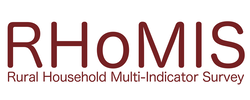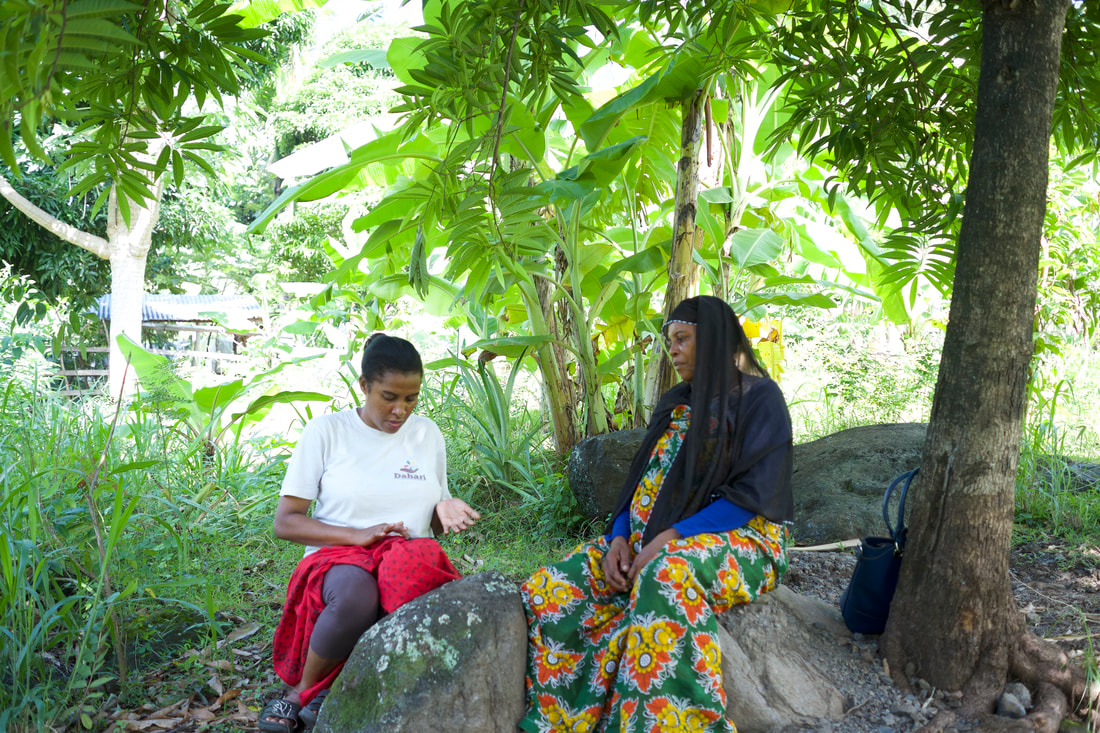|
Editor: Léo has been an invaluable member of the RHoMIS team, adding a thorough systems-thinking approach to our data analysis, skilled programming, and on top of that, an amazing fun attitude full of adventure! As he is begins his RHoMIS-related PhD, we have asked him to mark the transition with a new blog post. We are grateful for all he has given RHoMIS so far, and wish him the best as he begins these further studies.
I hope this blogpost will provide the opportunity for people to understand what I hope to achieve over the next three and a half years. I am still learning, so if you think anything I have said needs to be corrected or needs to be further developed, don’t hesitate to contact me. I hope this blogpost will encourage people to share their thoughts and ideas on what I am doing and how to do it better! At the early stages of my PhD, my precise question is still evolving. However, at the core of my project lies the aim of increasing the representativeness of RHoMIS data and maximising its usability. To give some context, RHoMIS interviews are conducted on a project-by-project basis. This model has been very successful and has led to approximately 28,000 interviews in 31 countries. However, many of the data are only representative of smaller areas, such as the counties and sub-counties which are of interest to the project involved. This can make it more difficult to conduct analyses which are nationally or regionally representative.
I find this technique very exciting. However, when applying it to smallholder farmers there are some key points to consider:
I am sure that I have only touched on a small fraction of the barriers to come over the next few years. Nonetheless, I am excited by the opportunity to try and build on the fantastic work of the RHoMIS team and I hope that the RHoMIS community of practice can help me develop these ideas to produce something that will be useful for all of us. Select references:
0 Comments
Your comment will be posted after it is approved.
Leave a Reply. |
RHoMIS BlogThe RHoMIS blog is written by a community of practice. The COP is made up of RHoMIS users and creators from across the world. Here we share their stories of how RHoMIS is helping to record and analyse household data. Archives
May 2020
Categories
All
|




 RSS Feed
RSS Feed